The Minnesota Public Utilities Commission (PUC) approved two solar projects totaling 475 MW of capacity, one of which is the largest single-site solar installations to ever be approved in the state.
Northern Crescent
Owned by Primergy Energy, the 150 MW solar project and 50 MWac battery energy storage system uses lithium iron phosphate batteries and will be located on about 1,200 acres of privately-owned land.
Located in Faribault County, the project will interconnect to the grid via a short 300-foot, 161 kV transmission line to an existing Xcel Energy substation. A final interconnection agreement is expected from the Midcontinent Independent System Operator in the second half of 2025.
Primergy said it expects to begin construction in Q2 of this year and to achieve commercial operation by the end of 2026.
Under the Minnesota PUC’s requirements, the project cannot begin construction until it secures a power purchase agreement (PPA). If it does not secure a PPA within four years, the project must go before the PUC to explain why.
During the PUC’s meeting, Commissioner John Tuma said the commission’s plans going forward will likely require solar projects to meet with the commission every year to provide an explanation of any failures to obtain a PPA.
The project’s application, as well as other documents related to the Northern Crescent Solar project, such as the project’s vegetation management, agricultural impact and decommissioning plans, are available here.
The Iron Pine Solar project
Owned by Boston-based Swift Energy, the 325 MW Iron Pine solar project will sit on 2,296 acres in Pine County. The project will connect to the electric transmission grid through the existing Minnesota Power Arrowhead-Bear Creek 230 kV transmission line east of the solar facility.
Swift said it is actively marketing the project to secure a PPA. In its application, Swift Energy said it is either going to sell the power through a PPA, a virtual PPA or it may sell the project entirely to a utility.
Swift estimated the project will cost about $545 million, which includes $507 for the solar facility and $38 million for the gen-tie line. In its application, Swift said it expects to begin construction in Q2 2026 and achieve commercial operation by the end of 2027.
The project’s application and other related documents are available here.
Minnesota requires more renewable energy development
Solar development such as the Iron Pine Solar Project and the Northern Crescent Solar Project are critical to the North Star State right now. Minnesotans consume more electricity than the state generates, according to the U.S. Energy Information Administration. Coupled with the ongoing surge in energy demand, Minnesota needs more power.
In addition, Minnesota requires 55% of the energy sold to Minnesota customers by electrical utilities come from renewable energy, and for its electrical utilities to achieve 80% carbon-free energy by 2030, 90% by 2035 and 100% by 2040.
Minnesota’s electricity market is regulated, so its utilities may generate the electricity themselves or buy the renewable energy from their competitors.
Xcel Energy’s 220 MW Sherco Solar project is currently the largest solar project in operation in Minnesota. However, Sherco Solar has two additional phases expected to come online in 2025 and 2026, which will bring the project’s total capacity to 710 MW.
Minnesota experienced an upsurge in utility-scale solar projects last year. The state is ranked 28th for it’s utility capacity per capita, with 4.88% of the state’s electricity coming from solar as of Q1 2025, according to the Solar Energy Industries Association.
(Also read: Minnesota saves community solar program)
This content is protected by copyright and may not be reused. If you want to cooperate with us and would like to reuse some of our content, please contact: editors@pv-magazine.com.
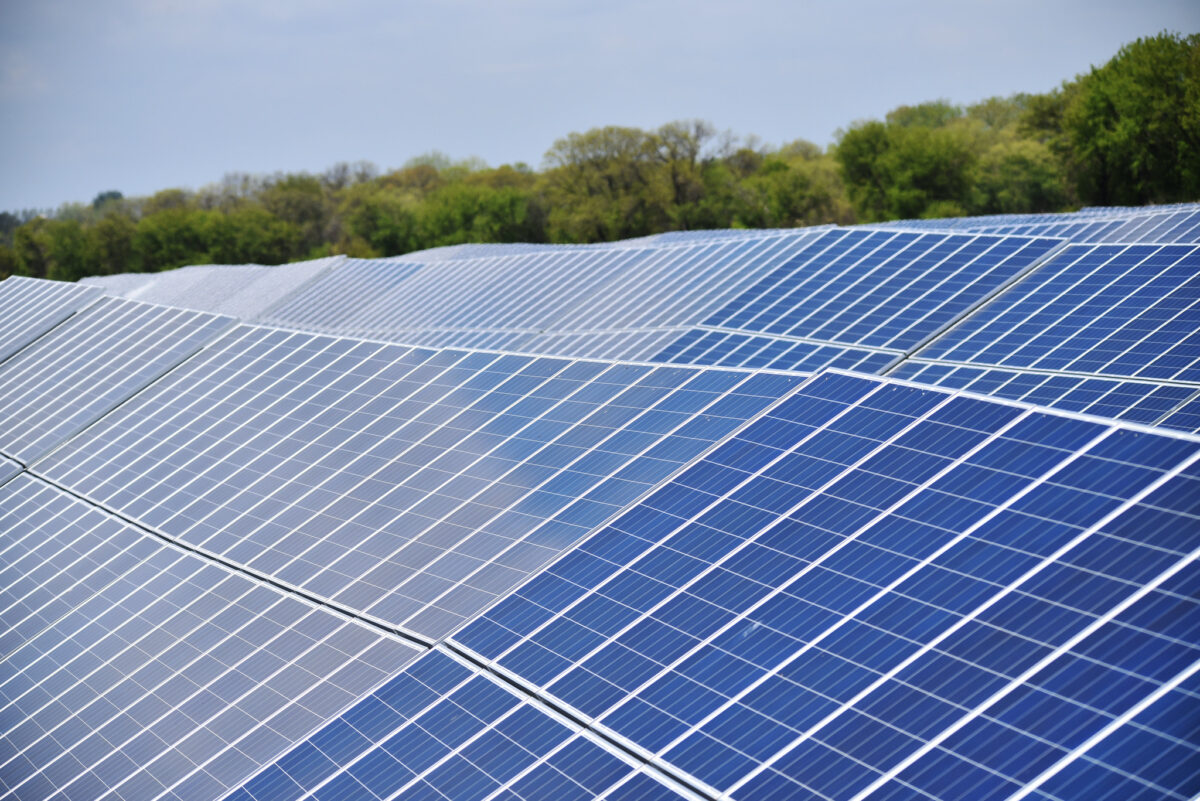
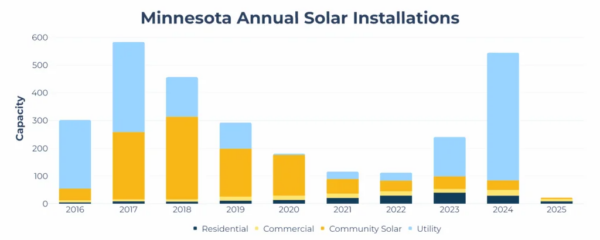
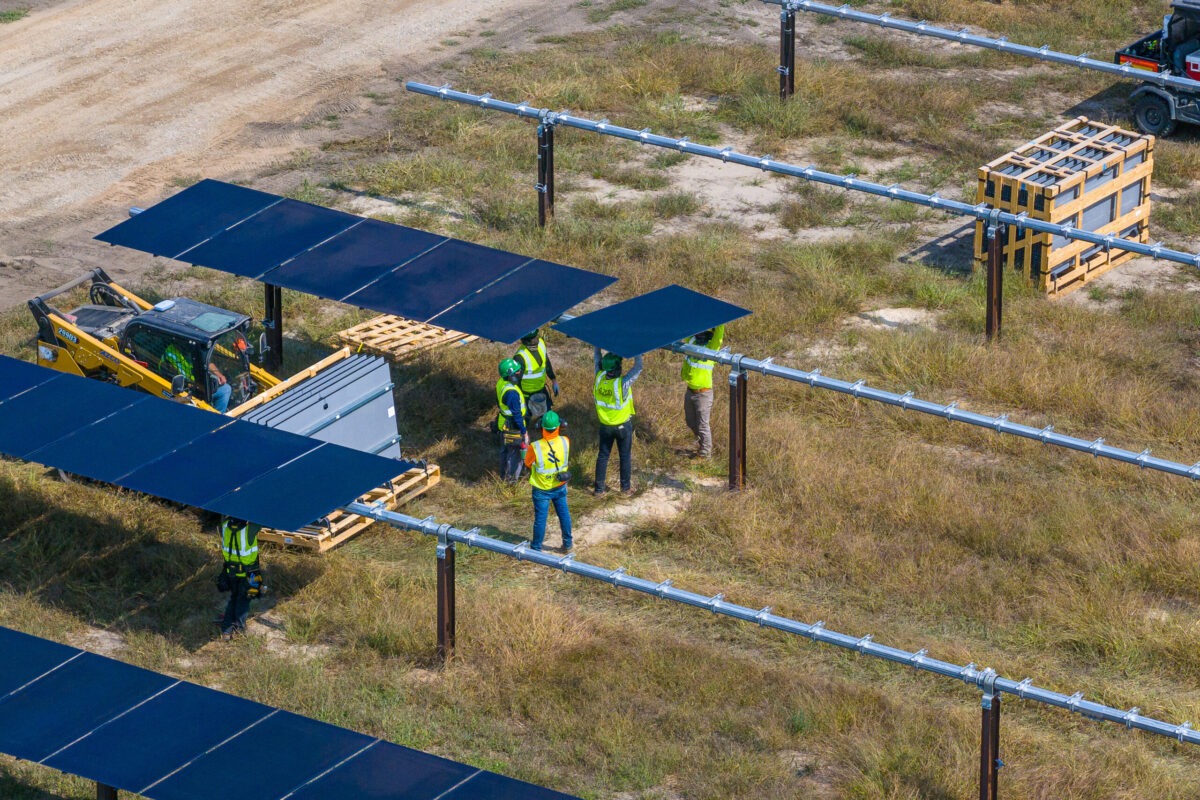


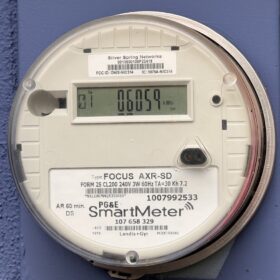

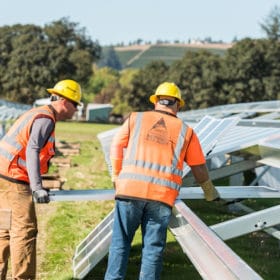
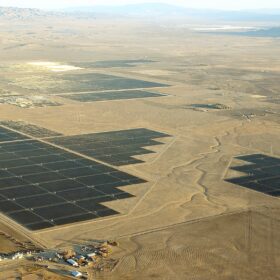
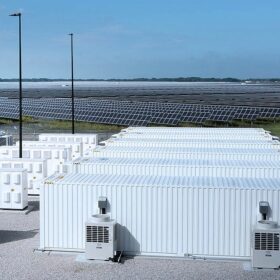
By submitting this form you agree to pv magazine using your data for the purposes of publishing your comment.
Your personal data will only be disclosed or otherwise transmitted to third parties for the purposes of spam filtering or if this is necessary for technical maintenance of the website. Any other transfer to third parties will not take place unless this is justified on the basis of applicable data protection regulations or if pv magazine is legally obliged to do so.
You may revoke this consent at any time with effect for the future, in which case your personal data will be deleted immediately. Otherwise, your data will be deleted if pv magazine has processed your request or the purpose of data storage is fulfilled.
Further information on data privacy can be found in our Data Protection Policy.